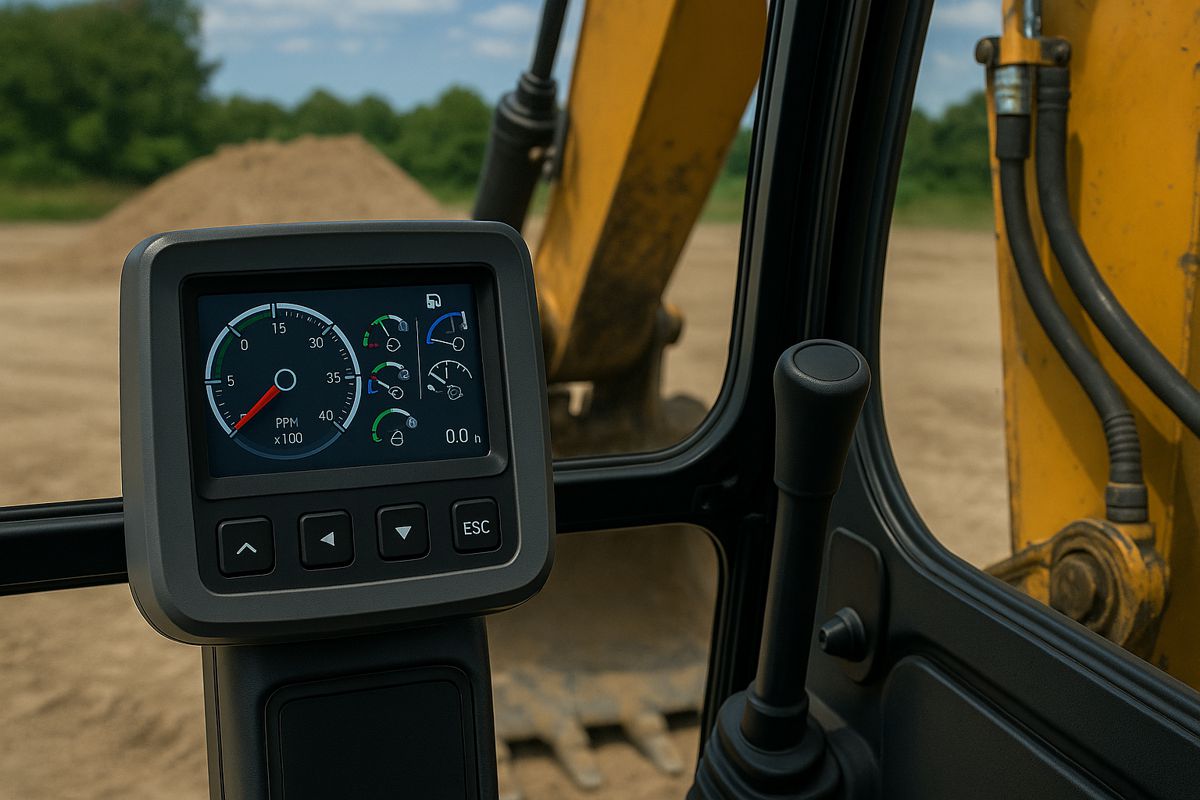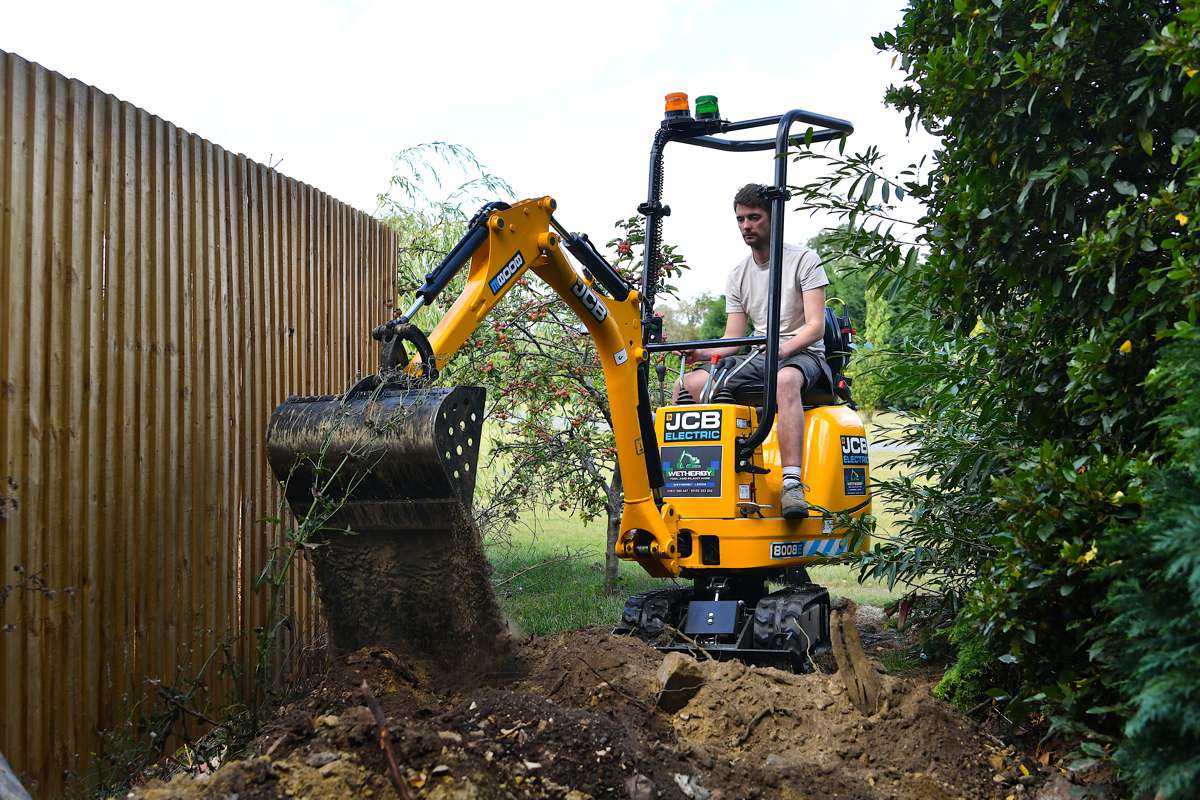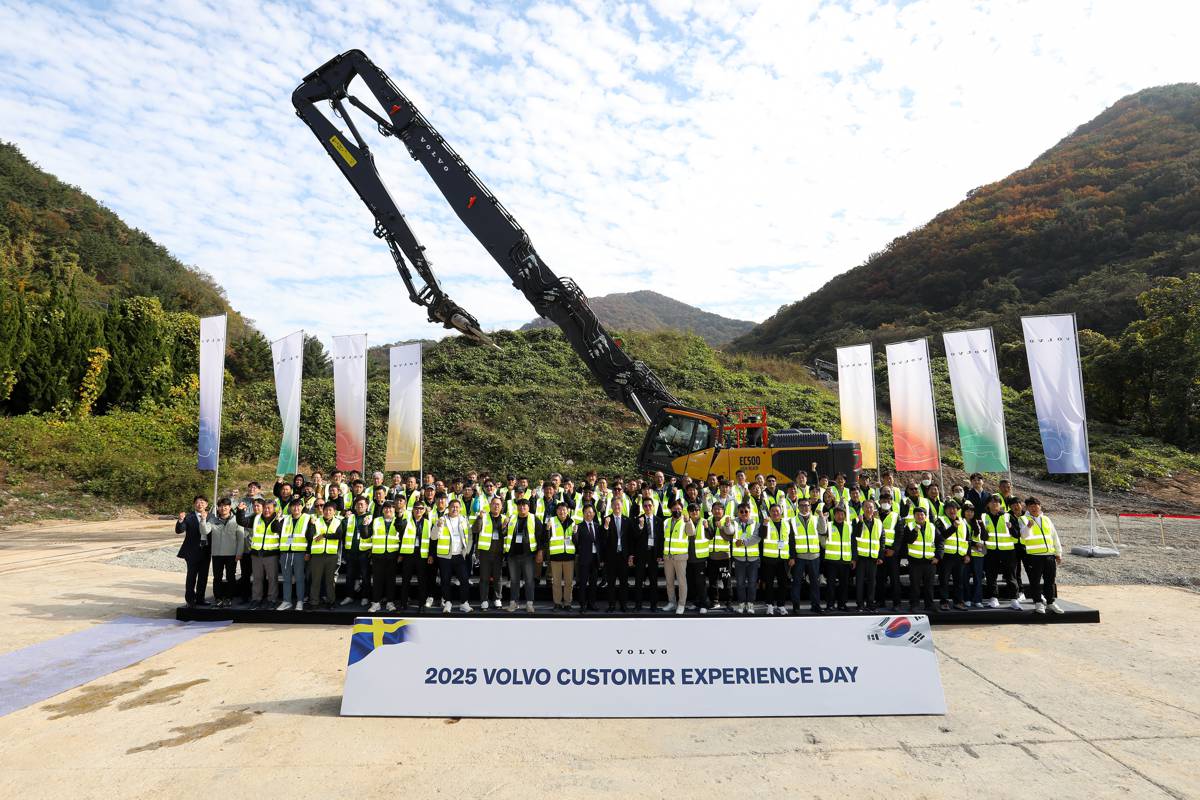How CANbus and J1939 Are Driving the Next Wave of OEM Innovation
Original Equipment Manufacturers (OEMs) across industries like construction, agriculture, landscaping, and emergency services are under mounting pressure to deliver more sophisticated machines to market, faster than ever.
Balancing speed, reliability, and uncompromising quality is no small feat. To stay competitive, OEMs are increasingly relying on dependable suppliers who can integrate robust communication technologies that streamline development, enhance diagnostics, and future-proof their machinery.
At the heart of this transformation lies CANbus (Controller Area Network bus) and its companion protocol J1939, a duo that’s quietly revolutionising how machines communicate, learn, and evolve.
The Backbone of Modern Machinery
In simple terms, CANbus acts as the nervous system of a machine. It allows multiple components to communicate in real-time, exchanging crucial data without the need for bulky wiring or a central host computer. This streamlined approach simplifies system design, speeds up production, and drastically reduces maintenance headaches.
As Andrew Charuta, Regional Technical Service Leader for Electrification at Briggs & Stratton EMEA, explained: “CANbus is a game-changer because it streamlines how components interact. Simply put, CANbus is a kind of ‘network’ that allows all devices connected to the bus to ‘talk’ to each other. It is a robust vehicle bus standard designed to allow microcontrollers and devices to communicate with each other without a host computer.”
J1939, a protocol built on top of CANbus, standardises the way data is exchanged between components, ensuring compatibility and consistency across different systems and industries. Its use in automotive, agricultural, and industrial machinery has made it a global benchmark for efficient machine-to-machine communication.
Why CANbus Matters for OEMs
For OEMs, CANbus doesn’t just make engineering easier, it reshapes how machines are built. By reducing the amount of wiring needed, it shortens assembly time, cuts costs, and minimises potential wiring faults. Because everything communicates via a shared network, integrating new components or software updates is far simpler.
More importantly, CANbus enables faster fault detection and easier diagnostics. When a problem occurs, operators can pinpoint the issue without tearing the machine apart. This streamlined troubleshooting process improves uptime, reduces service costs, and enhances overall reliability.
Machines designed around CANbus can also be built modularly, meaning OEMs can adapt them for different markets without starting from scratch. This modularity ensures that the communication system remains scalable and future-ready, with a lower total cost of ownership over the product’s life cycle.
How CANbus Benefits Component Suppliers
For suppliers, designing CANbus-compatible components isn’t just a technical decision, it’s a strategic one. OEMs increasingly favour suppliers who can deliver plug-and-play products that slot neatly into connected systems. A CANbus-ready component instantly becomes more appealing, as it reduces integration work and boosts system reliability.
Compliance with J1939 further strengthens this advantage by ensuring components meet international standards. This global compatibility gives suppliers access to new markets and industries, an invaluable edge in today’s interconnected manufacturing ecosystem.
Steffen Hoffmann, Engineer at Briggs & Stratton’s Power Application Centre Europe (PACE), highlighted the importance of this: “As machinery becomes more complex, the ability for components to communicate with each other is essential. CANbus as a common language creates not only additional integration options, it enables suppliers to deliver future-ready solutions. For engineers, that means less time spent on individual solutions and more focus on developing innovative applications.”
Tackling Integration Challenges
Despite the clear benefits, adopting CANbus and J1939 isn’t without hurdles. OEMs often face shortened development cycles as integration becomes more efficient, putting extra pressure on engineering teams. Documentation and support from component suppliers can sometimes fall short, forcing OEMs to troubleshoot integration challenges independently.
However, these obstacles are being mitigated as more suppliers provide CANbus-enabled solutions. Pre-configured, CANbus-compatible components allow OEMs to accelerate development, reduce engineering overhead, and bring products to market faster. This flexibility also supports modular designs, helping manufacturers adapt machines for different operating environments with minimal redesign.
Real-World Applications of CANbus
From agricultural equipment to fire engines, CANbus has evolved into the standard communication architecture for smart, connected machines.
In agriculture and landscaping, Vanguard’s CANbus-compatible technology powers the Ferris® FRC7 hybrid slope mower, which runs on a 23-horsepower CANbus-capable Vanguard® EFI engine, providing reliable performance and precise control. Similarly, the ELIET® Prof 6 On Wheels shredder demonstrates the adaptability of CANbus and J1939, operating efficiently with either fixed or swappable battery systems or traditional combustion engines.
In fire and rescue, Rosenbauer’s Power Aggregate, driven by a Vanguard® 37-horsepower EFI engine, underscores how CANbus ensures dependability and rapid response during critical missions. Meanwhile, in the construction sector, Kovo Vuijtek’s Scorpick ENTER pick & carry crane, powered by dual Vanguard fixed batteries, showcases the versatility of CANbus for electric powertrain integration, particularly for indoor or low-emission environments.
CANbus-Enabled Batteries
Scorpick ENTER serves as a prime example of intelligent energy management through CANbus. By enabling multiple batteries to communicate in real-time, the system ensures balanced charging, extended life cycles, and consistent performance. In setups where batteries are swapped regularly, CANbus facilitates seamless reintegration, maintaining operational stability and efficiency.
These principles extend across a range of applications, from small autonomous equipment to large-scale construction vehicles, helping OEMs develop cleaner, smarter machines ready for the future of electrification.
The Future of Connected Machinery
As digitalisation accelerates, OEMs are embracing technologies like CANbus not just for convenience but as a core enabler of intelligent manufacturing. The convergence of connectivity, automation, and predictive analytics is redefining how machines are designed, operated, and maintained.
OEMs leveraging CANbus and J1939 are positioning themselves at the forefront of this shift. The ability to share data seamlessly across components allows for better system optimisation, remote monitoring, and data-driven performance improvements, all critical for next-generation equipment.
For suppliers, CANbus compatibility ensures longevity in an evolving marketplace. As electrification, autonomy, and IoT integration become industry norms, having products that communicate fluently across systems isn’t just an advantage, it’s essential.
Driving Progress Through Connectivity
CANbus and J1939 are no longer optional extras, they’re the foundation of modern machine communication. By adopting these technologies, OEMs and suppliers alike are building smarter, more adaptable equipment that’s ready for tomorrow’s challenges. Whether it’s an electric mower in a city park, a crane on a construction site, or an emergency response engine, seamless connectivity is now the driving force behind innovation.
The takeaway is simple: machines that talk to each other work better, last longer, and deliver more value. And in an industry where every second counts, that’s a conversation worth continuing.




















